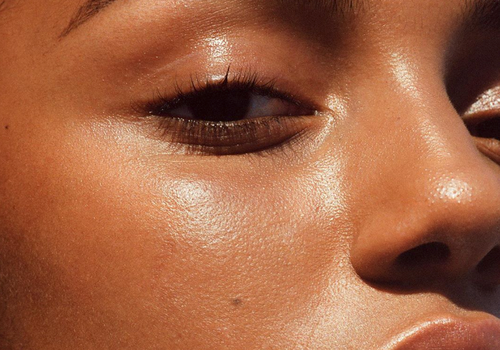An Overview
Our skin has 3 primary layers: the epidermis, the dermis, and the hypodermis. Each layer, connected by elastin and collagen, has more layers within them– giving them different functions to maintain the health of the skin. In order to understand how various skin ailments can be treated, understanding the functionality of each layer is crucial. This post will cover the epidermis; the outermost layer of the skin.
Functions
In general, the epidermis has four primary functions. First, it is our first line of defense from harmful external bacteria, pathogens, chemicals, and UV rays. Second, the epidermis contains melanocytes which are responsible for skin pigment. Third, the top layer of the epidermis, the stratum corneum, holds a lot of water to keep the skin hydrated. Lastly, the bottommost layer of the epidermis produces new skin cells. These cells travel up through the layers of the epidermis where they are eventually shed off of the skin.
Five Layers of the Epidermis
- Stratum Basal: this bottomost layer of the epidermis gives the skin durability from the harsh environment as it contains keratinocytes. These produce the protein keratin, which strengthens hair, skin and nails. It also contains melanocytes, which gives the epidermis its’ pigment.
- Stratum Spinosum: this next layer gives us the flexibility to move and speak. It contains “spiny portrusions” that hold the skin cells together to keep it from tearing.
- Stratum Granulosum: in this layer, keratinocytes are packaged into little granules that are chock-full of lipids, lubricants, and proteins. As these cells are compressed into granules, they leak out their proteins and lipids into extracellular space. There, they become dead skin cells. These granules provide the outermost layers, the Stratum Lucidum and Stratum Corneum, with hydration that protects the skin.
- Stratum Lucidum: this is a thin layer of dead skin cells. It is only found in thicker areas of skin such as the soles of the feet and palms of the hands. It is responsible for the degeneration of skin cells and reduces frictio in these areas of the skin.
- Stratum Corneum: This is the only layer directly exposed to external elements. Therefore, it plays an imperative role in protecting the body from such external elements. This is where the keratincyte cells die, and are able to protect from pathogens, heat, and light. This layer also acts as a gatekeeper for water; to maintain the water levels in the skin. Eventually, these dead cells sluff off from our bodies as as the Stratum Basal produces new keratinocytes.
Treatments
Common skin ailments that affect the epidermis directly include acne, eczema, dry skin, hyperpigmentation and dandruff. Various topical treatments, serums, and creams such as retinoids and some oral antibiotics can treat such ailments. However, since the epidermis is responsible for skin pigment, treatments such as the Trifactional RF Resurfacing which directly targets the epidermis may be preferable. Pinhead-sized spots are formed in the epidermis by emitting brief pulses of electrical currents through cone-shaped electrodes. This creates micro-wounds that trigger the body’s natural wound-healing mechanism, and prompts the production of new, healthy, and younger-looking skin, by stimulating collagen and elastin production. So, this can reduce the appearance of scars and hyperpigmentation, through the treatment of the epidermis.
Written by: Daphna


